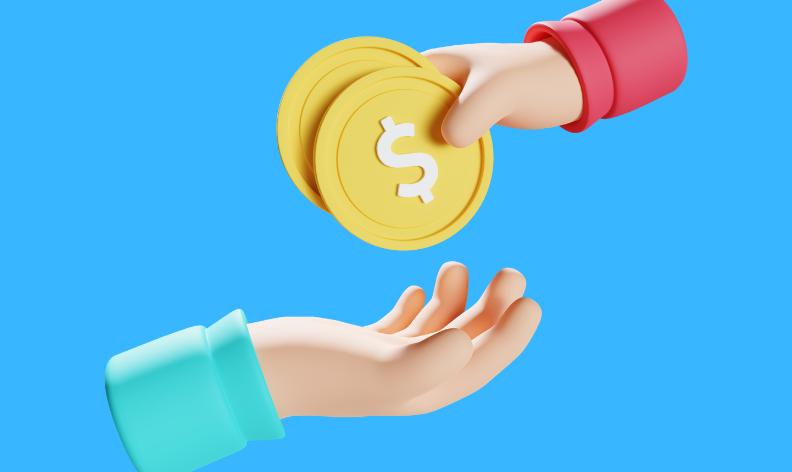Blog 
 Back
Back

How Much Is The Monthly Average Student Loan Payment
If you’re thinking about taking out a student loan to help you manage your finances at university, or if you’ve already done so, you might be curious about the average student loan payment. Understanding what the average student pays, as well as how to estimate your monthly payments, is critical for ensuring that your loans are affordable. Your required payment is determined by the amount borrowed, the interest rate, and the repayment plan you choose. This blog explains how to calculate the minimum monthly repayment plan for student loans.
What Is the Average Monthly Student Loan Payment?

The “Report on the Economic Well-Being of U.S. Households,” published by the Federal Reserve each year, is based on a survey of thousands of people about their current financial situation. The Federal Reserve reports that in 2019, the average monthly student loan payment for borrowers who were actively repaying their debt was between $200 and $299. Although paying off student loans is much harder now than it once was, there are strategies borrowers can use to lower their interest rates and monthly payments.
Different factors Which Affect The Average Student Loan Payment-
Although you may be aware of the required student loan payment, it’s also critical to understand your financial situation and whether your debt is lower, equal to, or higher than the average payment. Your payment amount and whether you will have more or fewer personal financial obligations than the standard student loan payment depend on a variety of factors. Here are a few of the key elements that will determine your monthly student loan payment.
Borrowed Amount
Your monthly payments will increase in proportion to the loan amount. Utilizing grants and scholarships with no repayment requirements will help you reduce your borrowing. Don’t forget to limit your borrowing to necessities; you don’t want to end up with a larger payment as a result of taking out a loan to pay for your spring break or an expensive car while you were still in college.
The Type Of Loan
Federal student loans offer various payment options, such as a standard repayment plan and income-driven programs that cap payments based on a percentage of income. Make sure to use up all of your federal loan eligibility before taking out any additional student loans if you want the most flexibility in your average loan payment.
Once you have borrowed, private student loans do not give you as much flexibility as federal loans do because you are obligated to stick to your repayment schedule for the entire term of the loan. However, you have a wide range of repayment options to choose from when deciding on a lender, such as loans with terms of five, seven, or ten years.
Your Repayment Time Frame
Whether you have government or private loans, a more extended repayment period results in lower monthly payments but higher total loan costs over time. This is because making more payments enables each one to be smaller. However, deferring payments for a more extended period means paying interest for a longer period, which raises your overall costs.
Amount of Interest
When you calculate the average student loan payment, a debt with a higher interest rate will be more expensive because interest is the cost of borrowing. Most federal student loans have reasonable fixed interest rates. Interest rates on private student loans vary depending on the lender and are based on your income and credit score.
What Alternative Options Are There For Paying Off Student Loans?
The most popular alternate repayment options are as follows:
Deferment: All federal student loan servicers as well as a few private lenders offer the deferment option. Your grace period between payments is extended by deferment by up to three years. You won’t be able to make any eligible payments toward your loan’s principal during the deferral period. Additionally, there will be no interest charged on your federally subsidized loans during the deferral period.
Forbearance: Federal student loan servicers as well as a few private lenders offer forbearance. The forbearance period typically lasts for at least a year but is not time-limited. You will be able to make minimum payments during this time toward the interest on your debts, but you won’t be able to make any additional payments.
Forgiveness: For the majority of students, the best alternative repayment plan is student loan forgiveness. If you qualify, this program will forgive some of your unpaid student loan debt. The most common is the Public Service Loan Forgiveness Program (PSLF). You might be eligible to have some of your federal student loans forgiven if you work in the medical field, for the government, or for a nonprofit organization.
Refinancing: Private or federal student loans can be refinanced as long as they are combined into a single payment. This allows you to select a new lender and negotiate a lower interest rate and loan term. If you have a good credit score, this can help you save money on both government and private loans over time.



